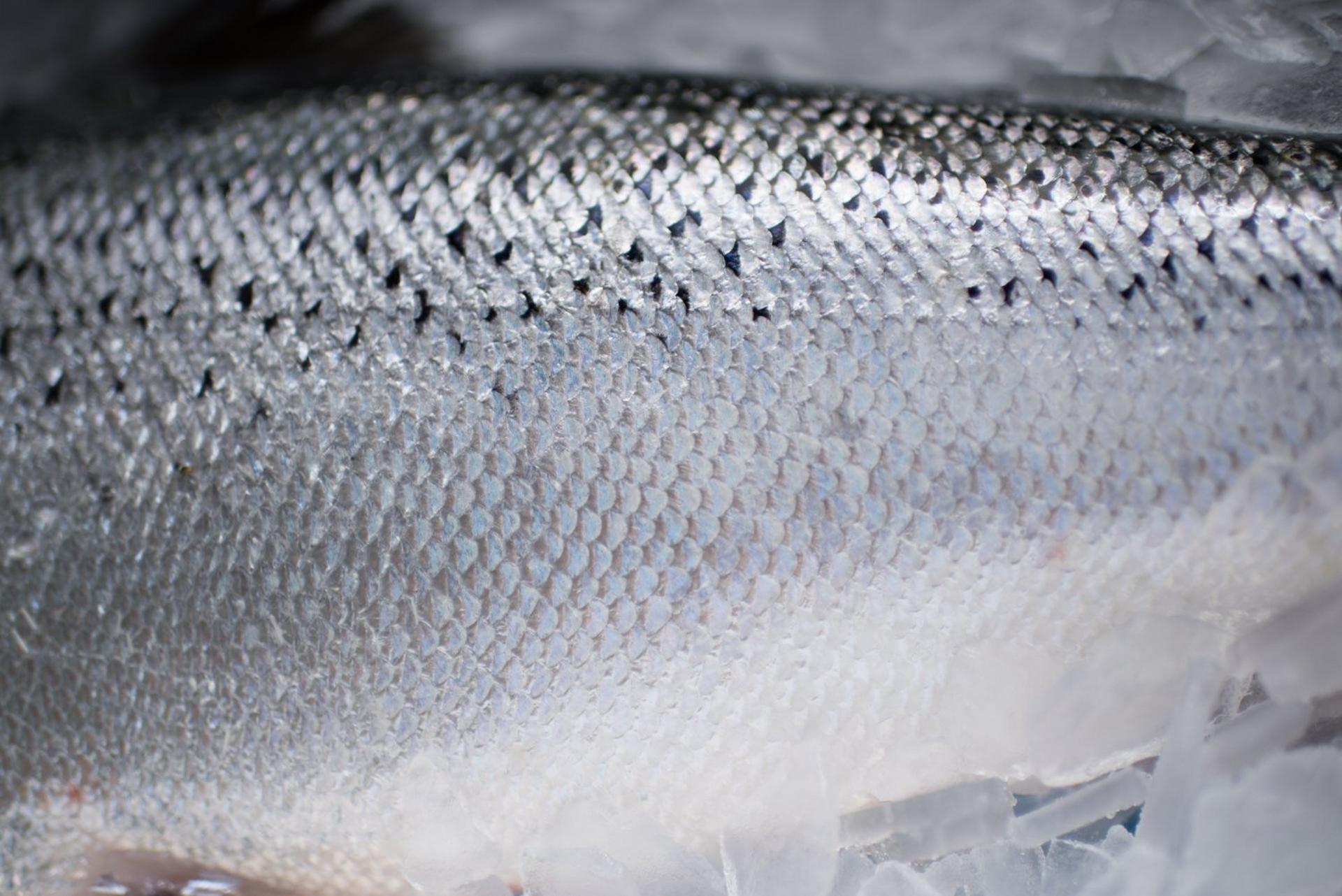Oxidative Status and Nutrient Stability
The study found no significant differences in the oxidative status of key nutrients among the different diets, indicating that the organic Fe-AA complex did not promote oxidation even at the highest supplementation levels. Astaxanthin and total carotenoid content were slightly lower in the basal diet (D1) compared to other diets, but the differences were not statistically significant. Other nutrients, such as anserine, peroxide, vitamins, and minerals, remained stable across all dietary treatments. (Figure 3)
Pigmentation
Significant improvements in fish pigmentation were observed with increasing iron supplementation. Fillets from fish fed the highest iron diet (D7) exhibited significantly higher redness and yellowness (Minolta score) compared to the basal diet group (D1) (p<0.0001). This may suggest that iron supplementation could enhance pigmentation, which is an important quality attribute in marketable fish.














